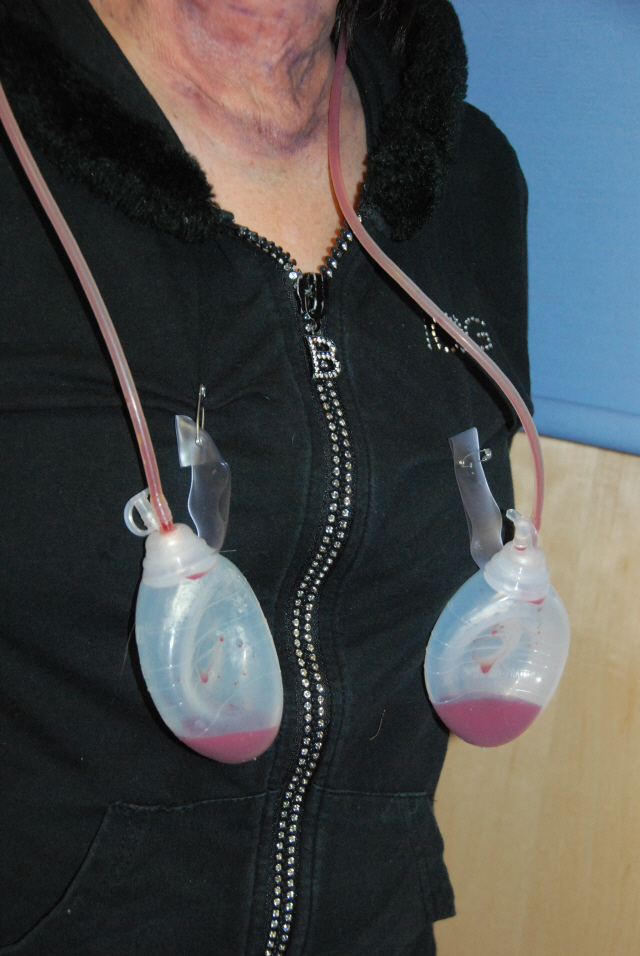Your health and health care information is personal and private. Aesthetic Facial Plastic Surgery, PLLC is dedicated to protecting your healthcare information. This privacy policy noted herein describes how Aesthetic Facial Plastic Surgery, PLLC (DBA Aesthetic Facial Body Plastic Surgery) may use and disclose your Protected Health Information (PHI).
As part of your medical treatment, Aesthetic Facial Plastic Surgery, PLLC originates and maintains paper and/or electronic records which contain PHI such as: demographic information, personal and family histories, symptoms, examination and test results, diagnoses, past, present and future plans for care and treatment, and information received from other health care providers, your employer and any health care plan. Aesthetic Facial Plastic Surgery, PLLC maintains Privacy Practices and Policies regarding the disclosure of PHI.
We may decide to put drains in to help you with your healing. Drains will remove excess blood and fluid from the area so that you are going to have less inflammation and easier healing. We would like you to empty your drains every 6-8 hours and record their output in millimeters for each drain Separately. This will allow us to determine which ones to take out. We will supply you with a measuring cup that can help you determine how much the drains are putting out. Typically we would like to take the drains out if they are putting less than 15 cc and sometimes less than 10cc in a 24 hour period. Sometimes your drains can stay in until we remove your sutures out at day 6-7. You can see pictures of your drains at this page: Face Lift Recovery. Here is what the drains look like:

Figure Above: Please take a moment to look at the drains. You can see that there is some blood in the drains. But notice that they are compressed. This is crucial to create the suction that will keep pulling the blood out of the neck area. You should also keep it pinned to your clothing and not hanging as this patient is doing. At the bottom of the neck you can see some areas that are swollen in this person’s neck. This was created by the drains in there and is normal. This will go away with time.
When are the Drains Taken Out: As I mentioned before the drains should be taken out when the drainage is less than 10-15 cc in a 24 hour period. Sometimes we wait until the fluid turns from a dark red to a lighter red or straw colored fluid before taking it out. This is another good way to make sure the drains are ready to come out. Again, we would like you to record the output every 6-8 hours for each drain individually so that we can determine what the output is for each 24 hour period.
For Facial Implants we tend to take the drains out earlier than later.
Milking the Drains: To help the neck drain, or with other procedures, we recommend you milking the drain tubes. This entails grabbing and squeezing the tubed area right next to where it is entering the neck. From there you can milk the tubes by squeezing a little further down, while hold and squeezing the original area, and running the lo wer area that you are squeezing all the way down the tube towards the drain bulbs. This will milk the fluid out of the tubes toward the bulbs and add additional suction to the neck or other wound area. Sometimes to help the drainage in your neck, you can also do directed massage of the neck while influencing the fluid to flow towards the tube inside the neck. This will help the fluid drain into the tubes along with the milking. This can be done starting the first day but less aggressive the first 24-48 hours and more aggressive later one.
Drain Air Leakage: Sometimes the drains will not be able to hold suction. This can be related to the way the drain is positioned. What we usually tell people is to compress the area around the entrance of the drain tube within the neck with the suction on. This will allow the neck tissue area to position itself around the drain tube within to allow a more airtight seal. Sometimes suturing is not enough to keep the air from the neck area and you may need to place vaseline around the incisions while doing the compression of the tissues around the drain and with the suction bulb on full suction as just described earlier.
Removal of the Drains: Removing the drains can seem like a challenging process. From the experience of most of our patients, the removal is not very painful. Many are surprised how easy the removal is. Usually we require a new stitch to be placed to close the area that the drain entered the neck area and this is done on the day of the removal. After removing the drains, there is a tendency for fluid to accumulate under the area that the drain tubes were in the neck. To keep this from accumulating we suggest for you to place some gauze in this area taped to just lie over where the drains used to be in the neck. With the extra pressure from the wrapping and the taping of the gauze, this will keep the area flatter and heal better. Sometimes, if excessive, this fluid could require more drainage if you body is not able to remove it on its own. Sometimes this fluid will lead to longer lasting swelling where the drain tube was located in the neck and this would just require more pressure dressings or steroid injections if the swelling has hardened. Here is another link that discusses swelling and caring for the swelling after a face | neck lift.
